Quy Nhon travel highlights
* Mellow city with a stunning beachfront
* Delicious local cuisine
* Explore the Cham temples in and around the city
* A little traveller enclave is building on the beach at Bai Xep, 12kms south of Quy Nhon. It’s very laid-back for now - we hope it stays that way.
Check the following pages for everything you need to know about travel to Quy Nhon.
Quy Nhon has managed to avoid Vietnam’s relentless coastal overdevelopment thrust so far. And it doesn't make it on to many Vietnam travel itineraries. But the surrounding coastline is home to some of the country’s most picturesque coastline. The word is slowly getting out. Quy Nhon is developing as a domestic tourism destination. Foreigners are still pretty scarce. We didn’t spot any on a recent visit.
If you're headed up the coast along Highway 1, it's a perfectly good stop for some seafood and a beachside frolic. And it sits conveniently between Nha Trang and Hoi An.
Quy Nhon Background
Quy Nhon's relative obscurity belies an important role in some of Vietnam's major historical events. It's the capital of Binh Dinh province, which was for centuries, the centre of the Cham civilisation. The Cham kingdom dominated southern and central Vietnam until the 15th century. The capital Vijaya, was located outside modern day Quy Nhon. It was from here that the Cham raised armies against the Angkor based Khmer Kingdom in the 12th and 13th centuries. These battles are depicted in bas reliefs on Cambodia's Angkor temple walls.
In 1471, after centuries of conflict, the armies of the Viet people of the north - the modern day Vietnamese - crushed the Cham once and for all and consolidated control over what is now known as central Vietnam.
The richest collection of Cham towers, the main architectural remnants of the kingdom anywhere, are found around Quy Nhon. The tiny Binh Dinh provincial museum sports a surprisingly good display of Cham artefacts.
History made a another call on Quy Nhon in the late 17th century when the nearby village of Tay Son spawned a peasant revolt that spread across the entire country. The legendary ruler, Quang Trung (aka. Nguyen Hue) led the Tay Son rebels and gets a big tick from Vietnam's communist leaders for his campaign against feudal rulers and repressive landlords. His victory over Chinese invaders in 1788 is also the stuff of national legend. There are streets named after Nguyen Hue and Quang Trung - the same person - all over Vietnam. A pilgrimage to Tay Son seems to be an essential rite for national leaders.
In the 1960s, the US chose Quy Nhon for one of its major bases so the area saw plenty of military action too. The current airport at Phu Cat was provided courtesy of the US Military.
The modern town sits on an attractive bay with a long promenade and a beach that locals pour onto to cool off on hot summer evenings. It's not Vietnam's finest beach but it's perfectly good for a soothing dip. Off the beach, the town itself holds less interest but the seafood offerings along the beachfront are definitely worth sampling.
Weather - when to travel to Quy Nhon
Quy Nhon enjoys excellent beach weather for much of the year. The winter months from November through to January can be cool and grey. The summer is very hot with the occasional spectacular storm.

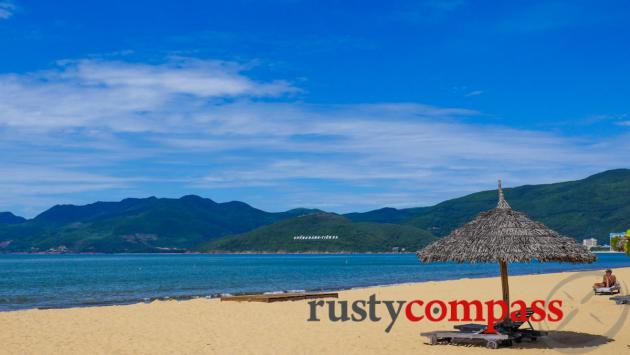
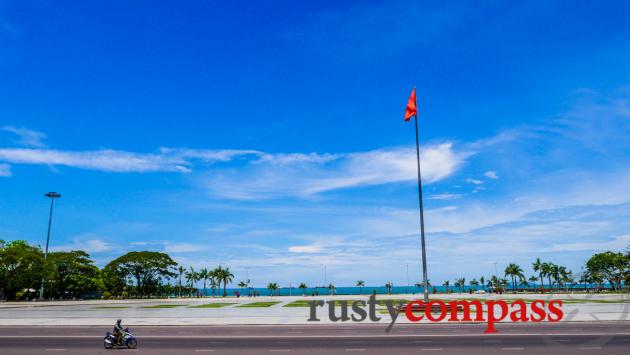

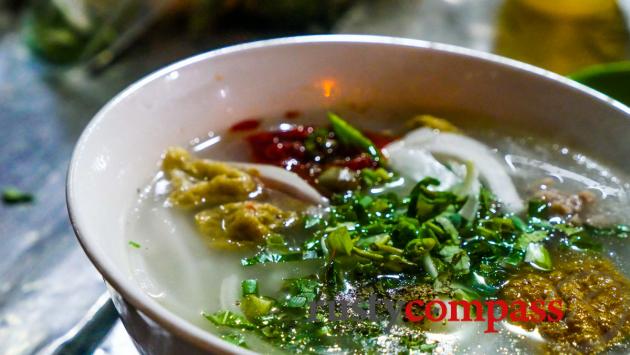
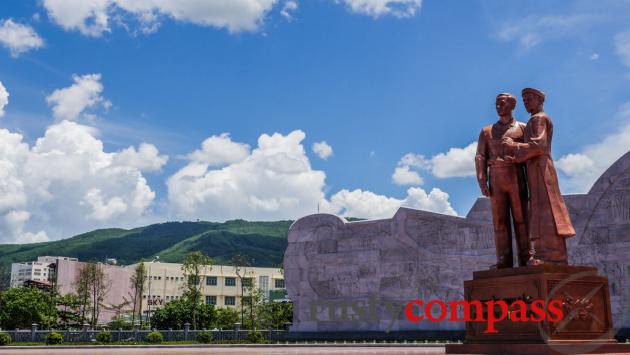
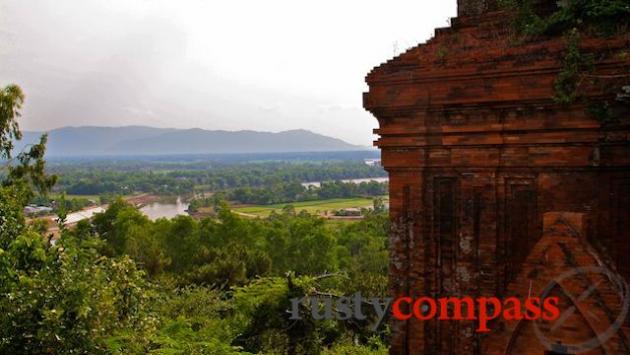
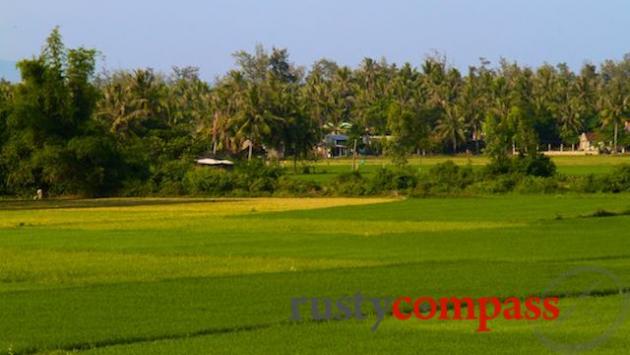
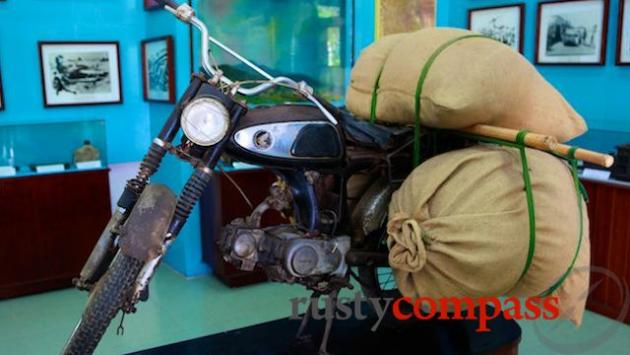
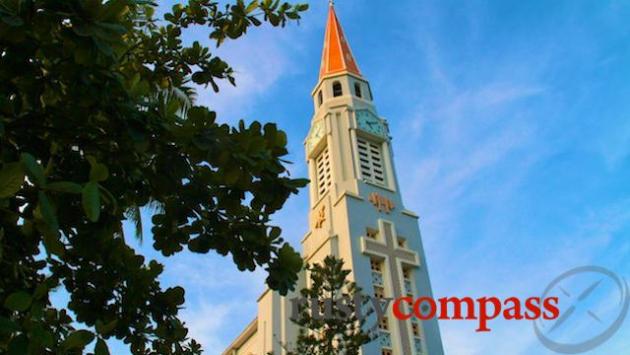
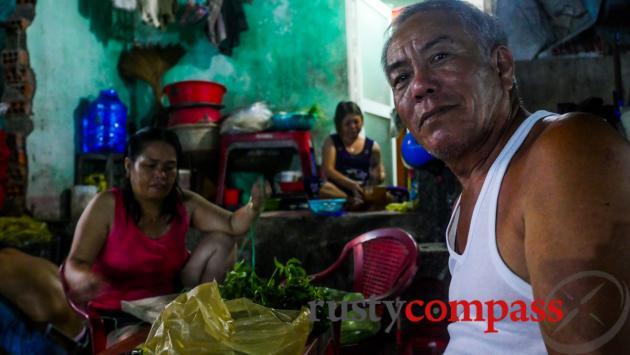
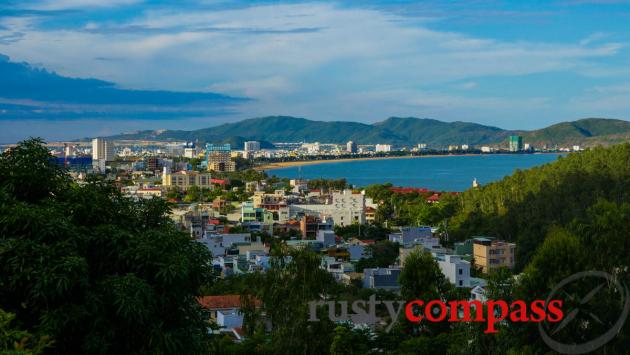
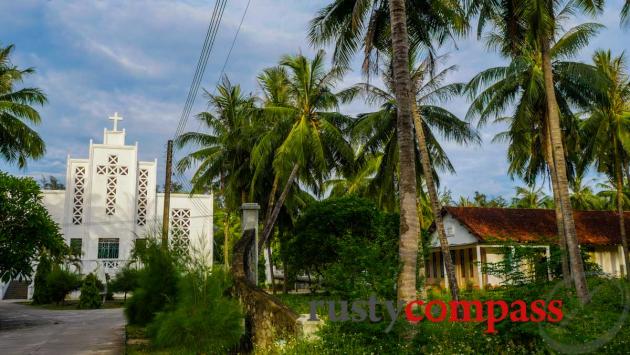
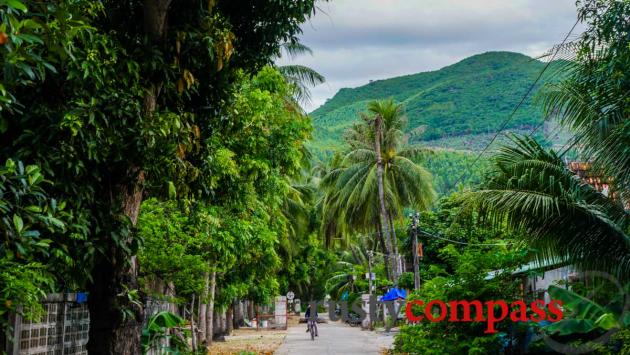
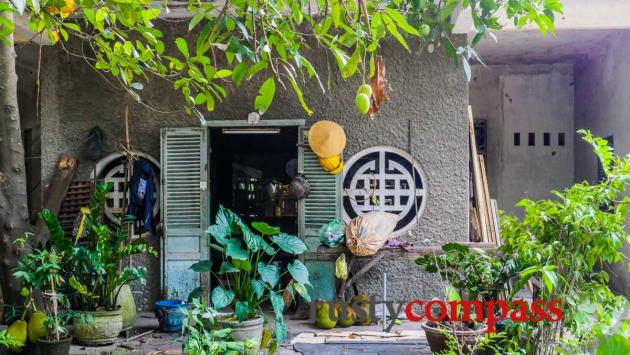
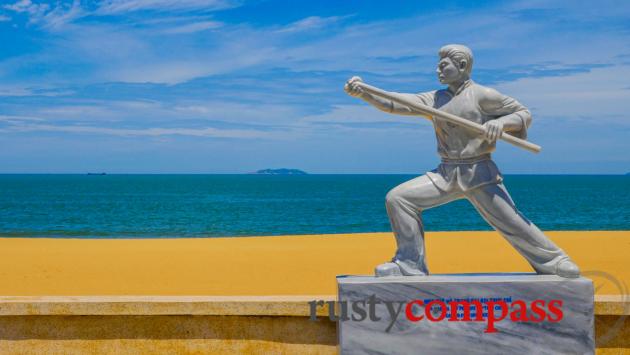
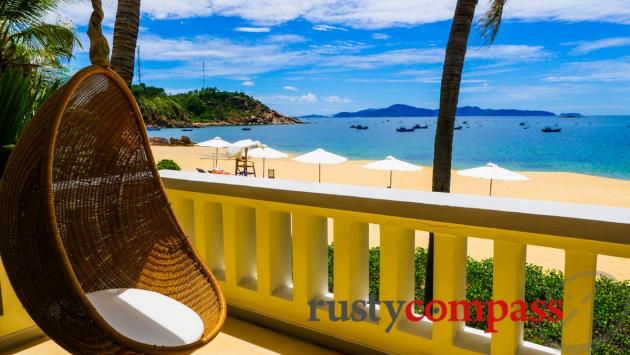
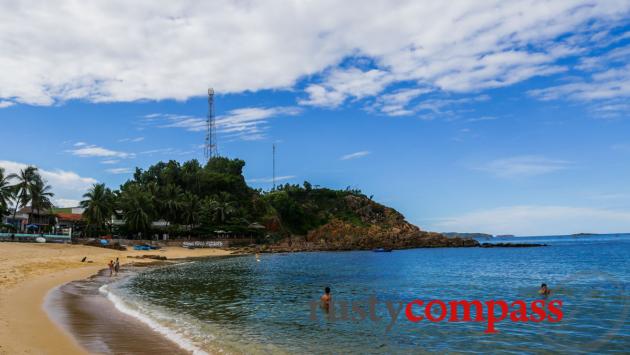
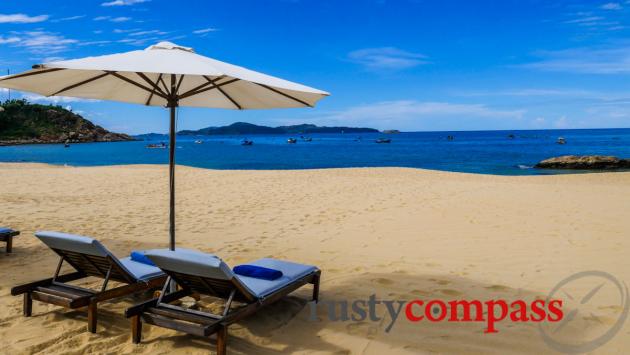





Twitter: @rustycompass
Rusty Compass is an independent travel guide. We’re focused on providing you with quality, unbiased, travel information. That means we don't receive payments in exchange for listings and mostly pay our own way. We’d like tourism to be a positive economic, environmental and cultural force and we believe travellers deserve disclosure from publishers. Spread the word about Rusty Compass, and if you're in Saigon, pop in to The Old Compass Cafe and say hi. It’s our home right downtown on Pasteur St. You can also check out our unique tours of Ho Chi Minh City and Sydney at www.oldcompasstravel.com Make a financial contribution using the link below. Even small amounts make a difference. Thanks and travel well!